Imagine standing in a lush, sun-dappled jungle, the ground beneath you scattered with mysterious stone pillars—each one a silent witness to centuries of untold stories. There’s a pulse in the air, an electric sense of lost civilizations and enduring mysteries. These are Guam’s latte stones, ancient megaliths rising from the earth like sentinels of time, their origins shrouded in myth and their construction a marvel of engineering that baffles even modern minds. Why did the ancient Chamorro people labor to raise these stones, and what secrets do they keep hidden beneath their massive caps? The story of Guam’s latte stones is one of wonder, science, and an unbreakable connection to the restless Pacific Ocean.
The Enigmatic Shape of Latte Stones
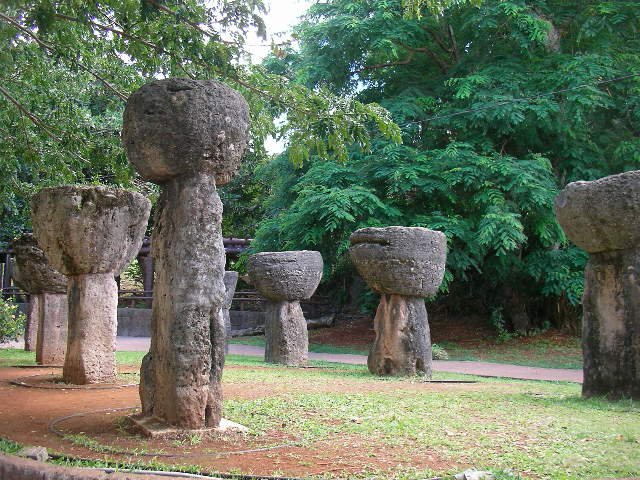
Latte stones are unlike any other megalithic structure in the world. Each stone consists of two distinct parts: a sturdy, pillar-like shaft called the haligi and a capstone known as the tasa. When you see them, it’s hard not to be captivated by their surreal, almost otherworldly appearance. Some reach up to 15 feet tall, standing in rows like ancient guardians. Their hourglass shape isn’t just for show—it hints at a sophisticated understanding of balance and weight distribution. The design may have also held deep symbolic meaning, with the tasa representing the heavens and the haligi connecting to the earth. This duality captures a sense of harmony between the tangible and the spiritual, a theme woven throughout Chamorro culture.
A Brief Glimpse Into Chamorro Civilization
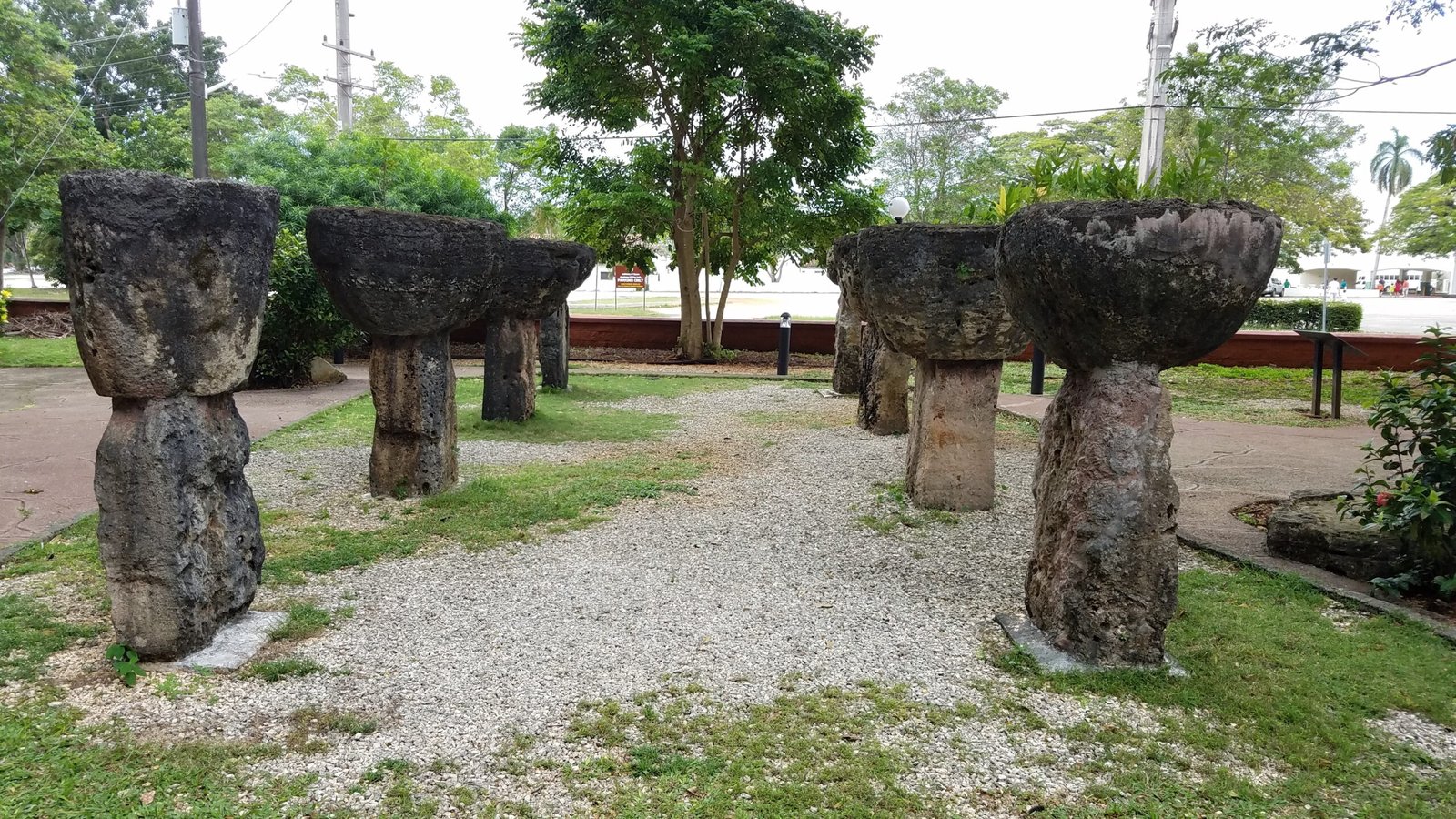
The latte stones are inseparable from the Chamorro people, Guam’s indigenous inhabitants. Long before Spanish ships ever glimpsed these shores, the Chamorros thrived on the island’s rich resources, their society organized into intricate clans. The stones are believed to have been constructed as early as 800 CE, marking the beginning of what’s called the Latte Period. Life revolved around the sea and the land, and the construction of latte stones became a defining feature of Chamorro identity. These megaliths weren’t just functional—they echoed the power, resilience, and spirituality of a people intimately attuned to their island home.
Engineering Feats in Prehistoric Oceania
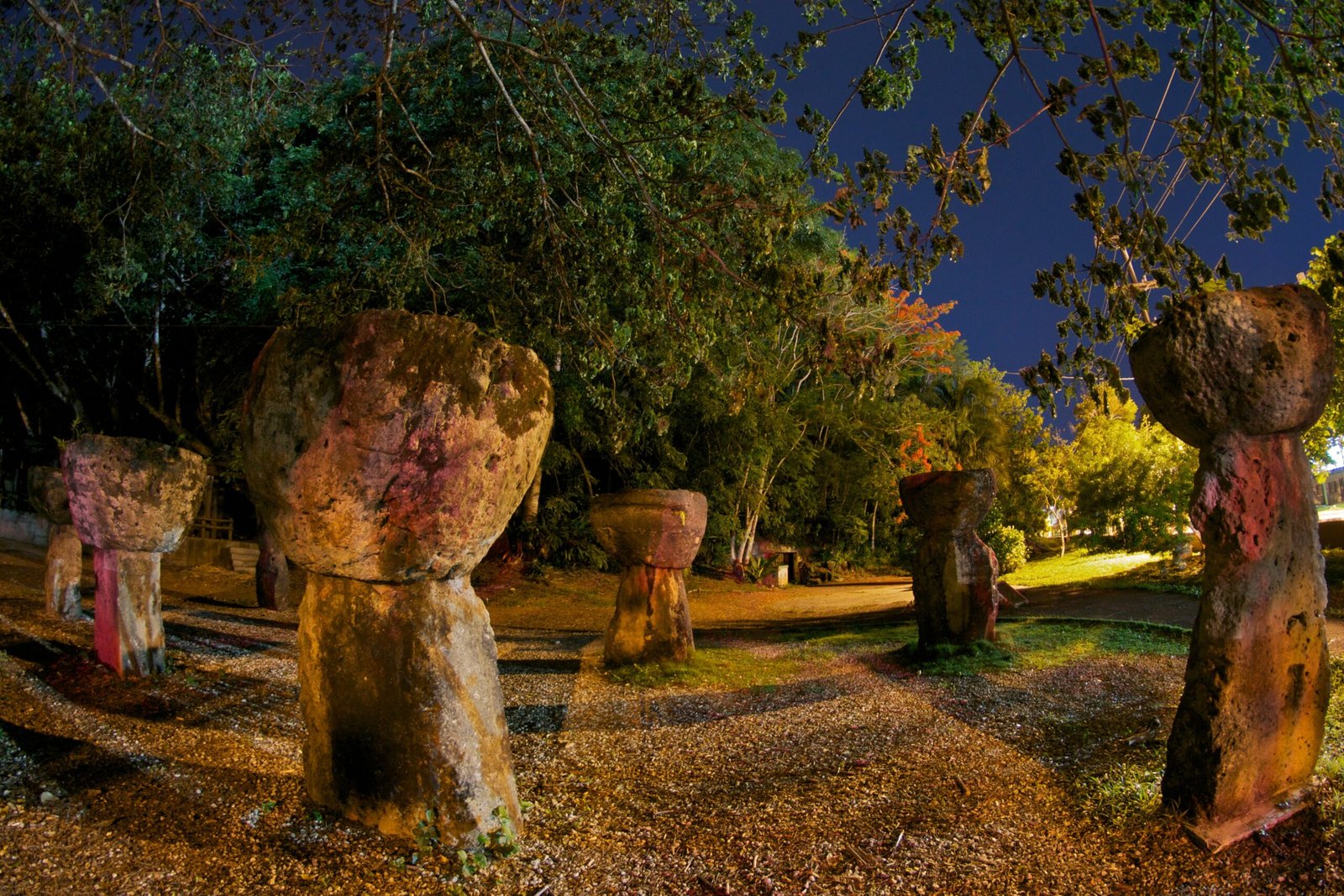
Building a latte stone was no small task. Imagine carving, transporting, and erecting multi-ton stones without the wheel, metal tools, or draft animals. Chamorro engineers exploited the island’s limestone and coral reefs, shaping the haligi and tasa with stone hammers and skilled hands. The process required careful planning and teamwork, with entire villages likely contributing labor and expertise. Some scientists compare the achievement to the construction of Stonehenge or the statues of Easter Island. The methods remain partly a mystery, but the precision and scale leave no doubt about the technical prowess of ancient Chamorros.
Material Choices: Limestone and Coral
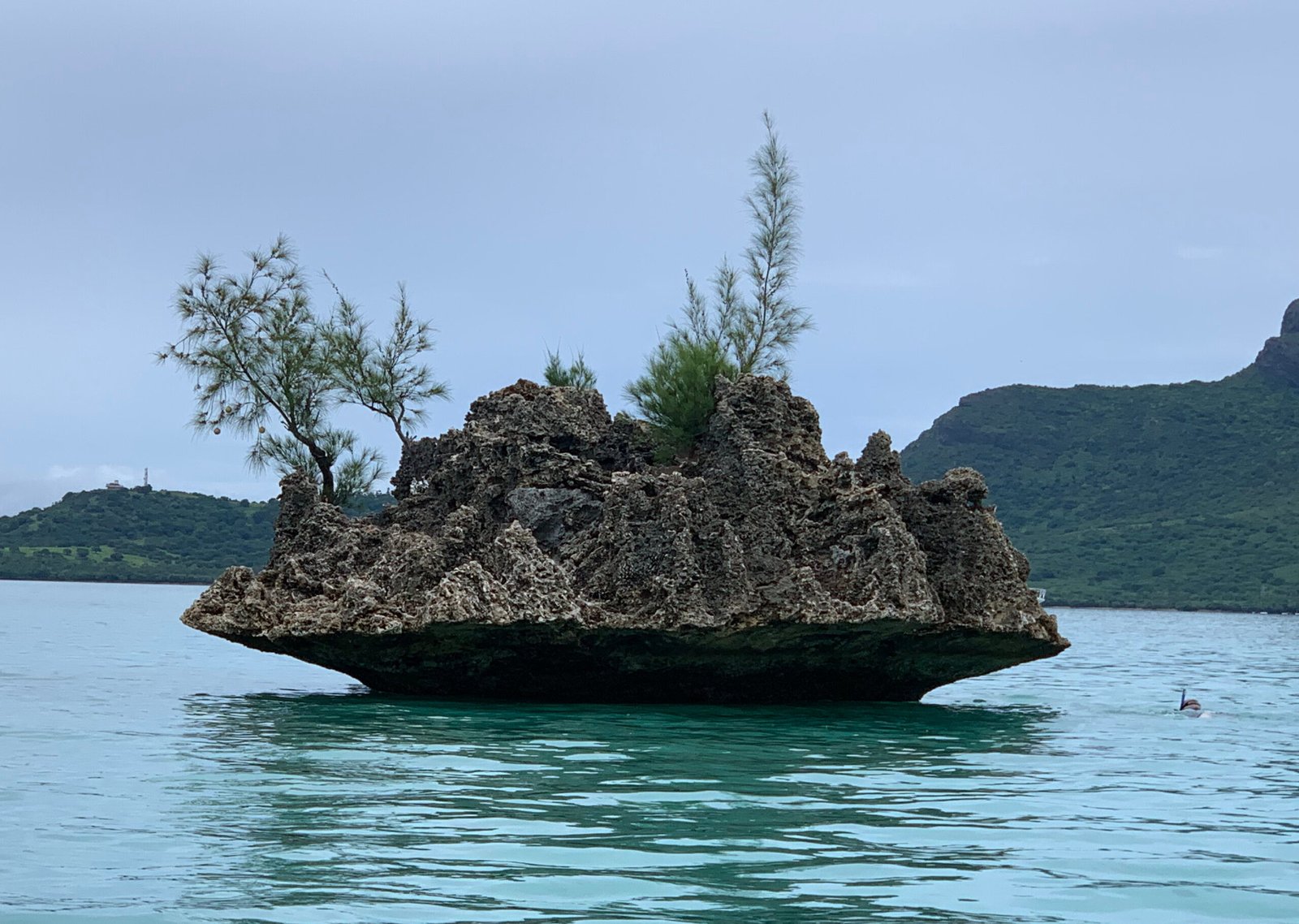
The choice of materials for latte stones was deliberate and ingenious. Guam’s porous limestone is relatively soft when freshly quarried but hardens once exposed to air—making it ideal for carving and long-term durability. Coral, abundant along the island’s coastlines, was sometimes used for the capstones. This combination not only provided structural stability but also reflected the islanders’ intimate knowledge of their environment. The use of local resources mirrors a pattern seen across the Pacific, where knowledge of geology was a matter of survival. In the end, every latte stone is a testament to adaptation and resourcefulness.
Latte Villages: Foundations of Ancient Homes
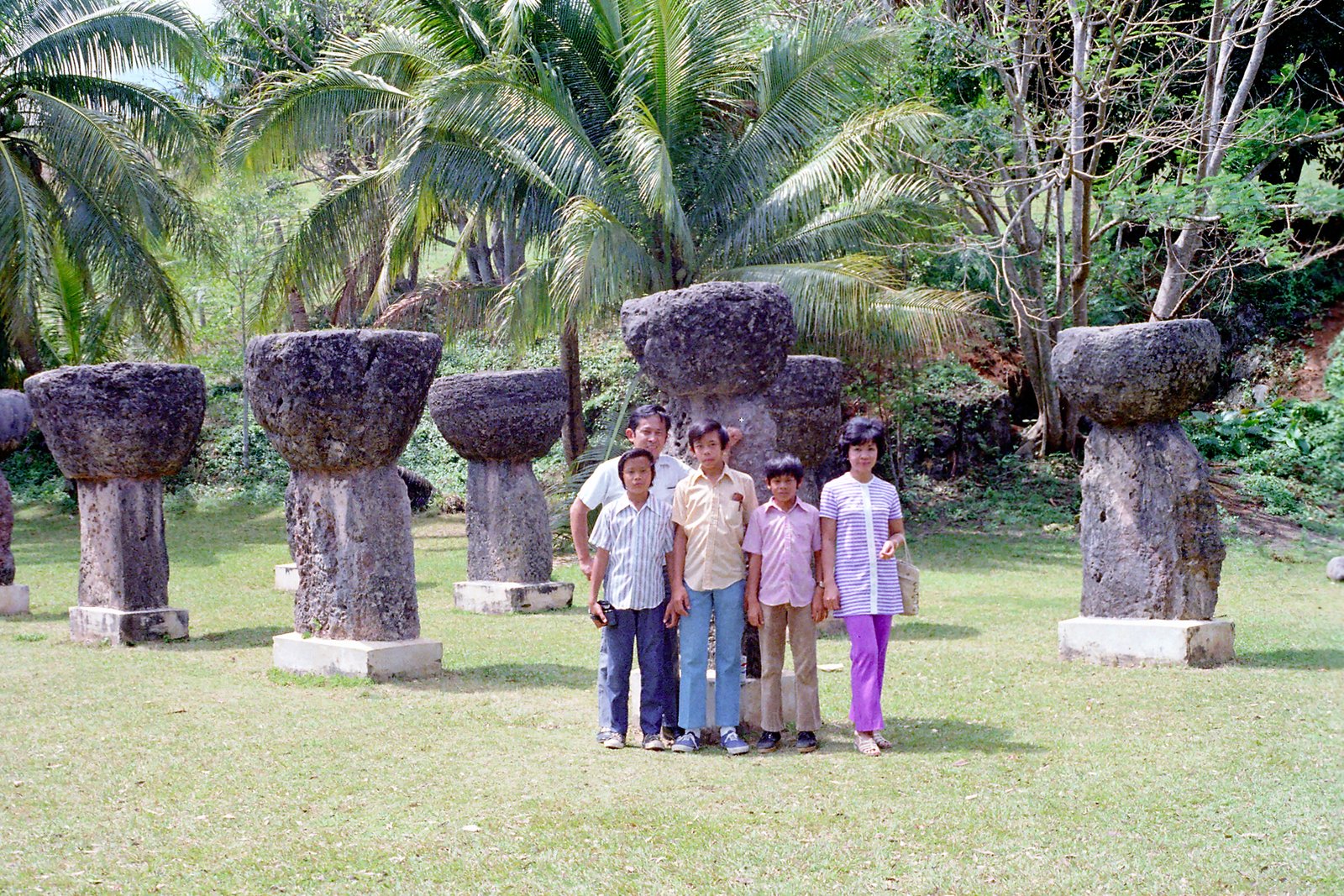
The placement of latte stones wasn’t arbitrary. They were arranged in parallel rows to serve as the foundations for houses, lifting wooden structures above the ground. This design provided protection from flooding, pests, and the island’s humidity. Each latte house, or guma’ latte, could accommodate extended families—sometimes housing up to 20 people. The elevated design also symbolized status and security. Walking through the remnants of latte villages today, you can almost hear echoes of laughter, family gatherings, and the rhythmic pulse of daily life that once animated these stone foundations.
Spiritual Significance and Ancestral Connections
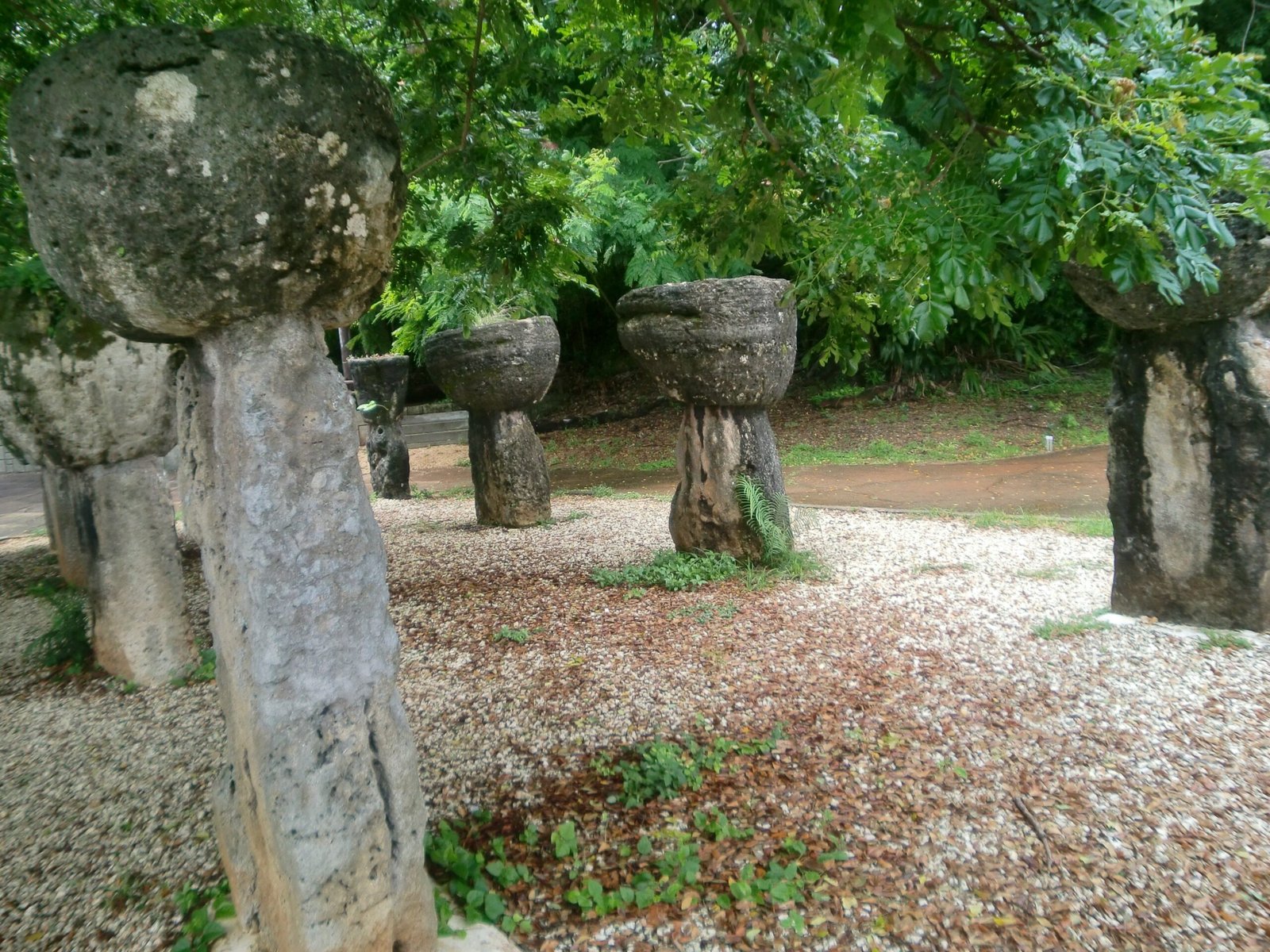
Beyond their practical use, latte stones held profound spiritual importance. Many Chamorros see the stones as sacred, imbued with the spirits of ancestors. In local legends, the stones are said to be the resting places of the taotaomo’na—ancestral spirits who protect or, at times, haunt the living. Offerings and rituals were often performed at latte sites, reinforcing connections to family lineage and the land itself. This reverence endures today, with many modern Chamorros regarding latte stones as symbols of identity, continuity, and resilience.
Myth and Folklore: Giants and the Latte Stones
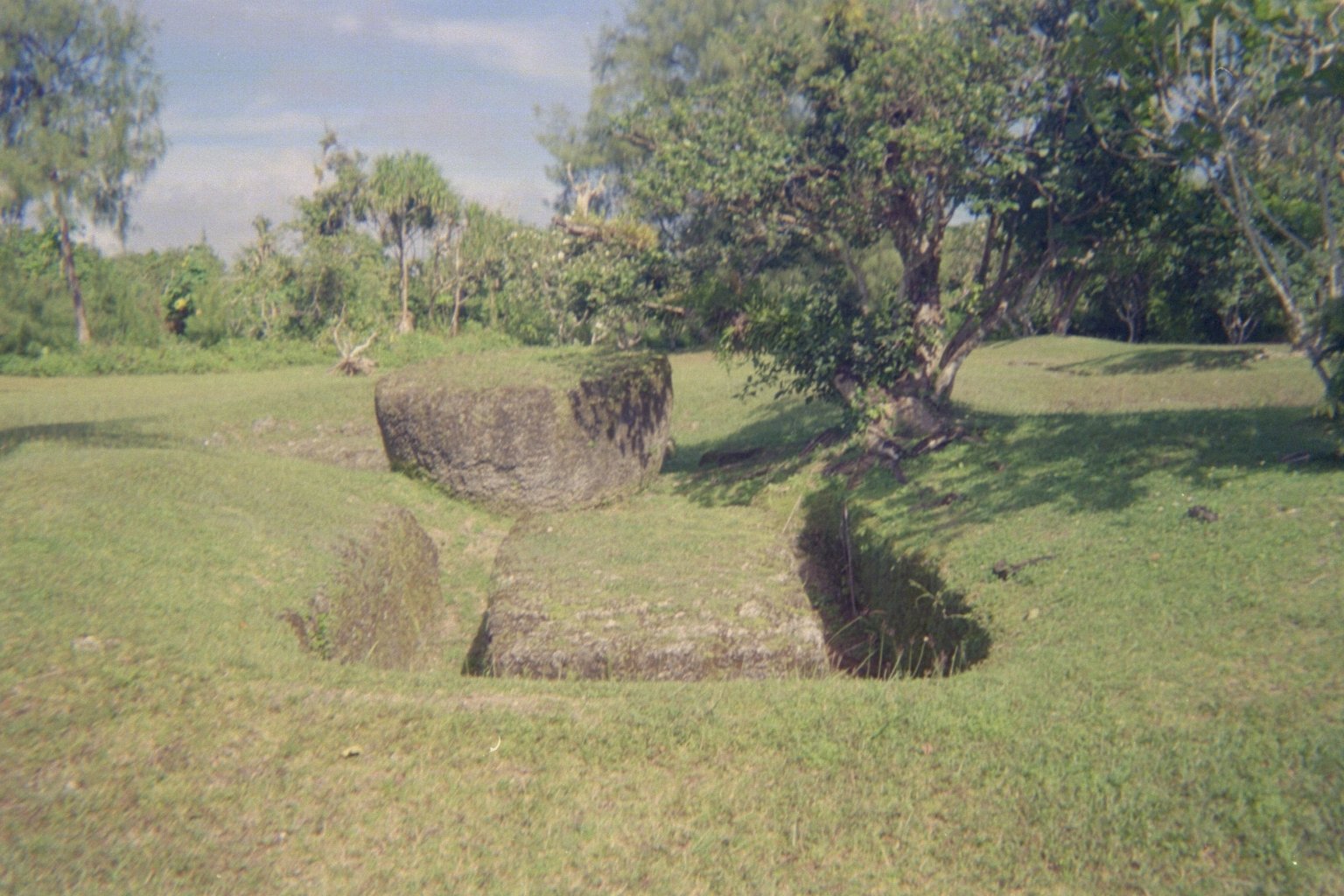
The origin of the latte stones is veiled in enchanting myths. One of the most popular legends tells of the mythical giant Chief Gadao, who, with superhuman strength, created the stones in a single day. Another story claims the stones were carried by taotaomo’na from the distant island of Rota. These tales, while fantastical, serve a deeper purpose—they explain the unexplainable and instill a sense of awe and respect for the achievements of ancient ancestors. The blend of myth and history makes the latte stones even more mysterious, inviting endless curiosity.
Archaeological Discoveries and Ongoing Excavations
Archaeologists continue to uncover new latte sites across Guam and the Northern Mariana Islands. Each discovery adds another layer to the complex story of Chamorro civilization. Some excavations reveal household artifacts, pottery shards, and even tools that offer insights into daily life and trade networks. Radiocarbon dating has helped establish timelines, showing that latte construction spanned several centuries. These findings challenge earlier assumptions and invite scientists to rethink how island societies developed sophisticated engineering skills in apparent isolation.
Comparisons to Other Megalithic Cultures
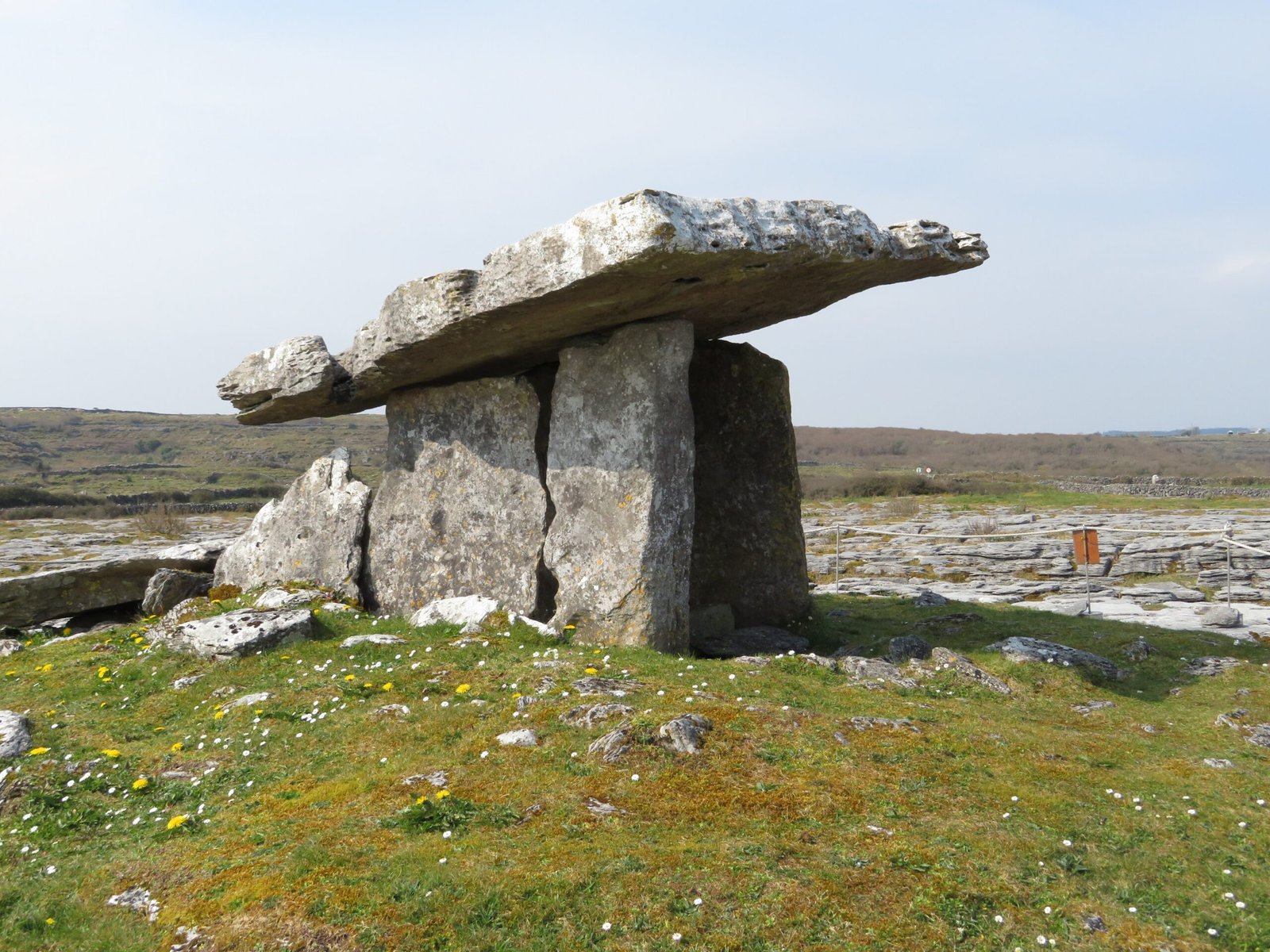
It’s tempting to compare Guam’s latte stones to other famous megaliths like Stonehenge or the Moai of Easter Island. While each culture faced unique challenges, there are striking similarities in their desire to leave a lasting mark on the landscape. All these monuments speak to a universal human impulse—to honor ancestors, assert identity, and perhaps reach for the divine. Yet, latte stones remain distinct in their form and function, standing as a unique chapter in the global story of ancient engineering.
Latte Stones Beyond Guam: The Mariana Connection
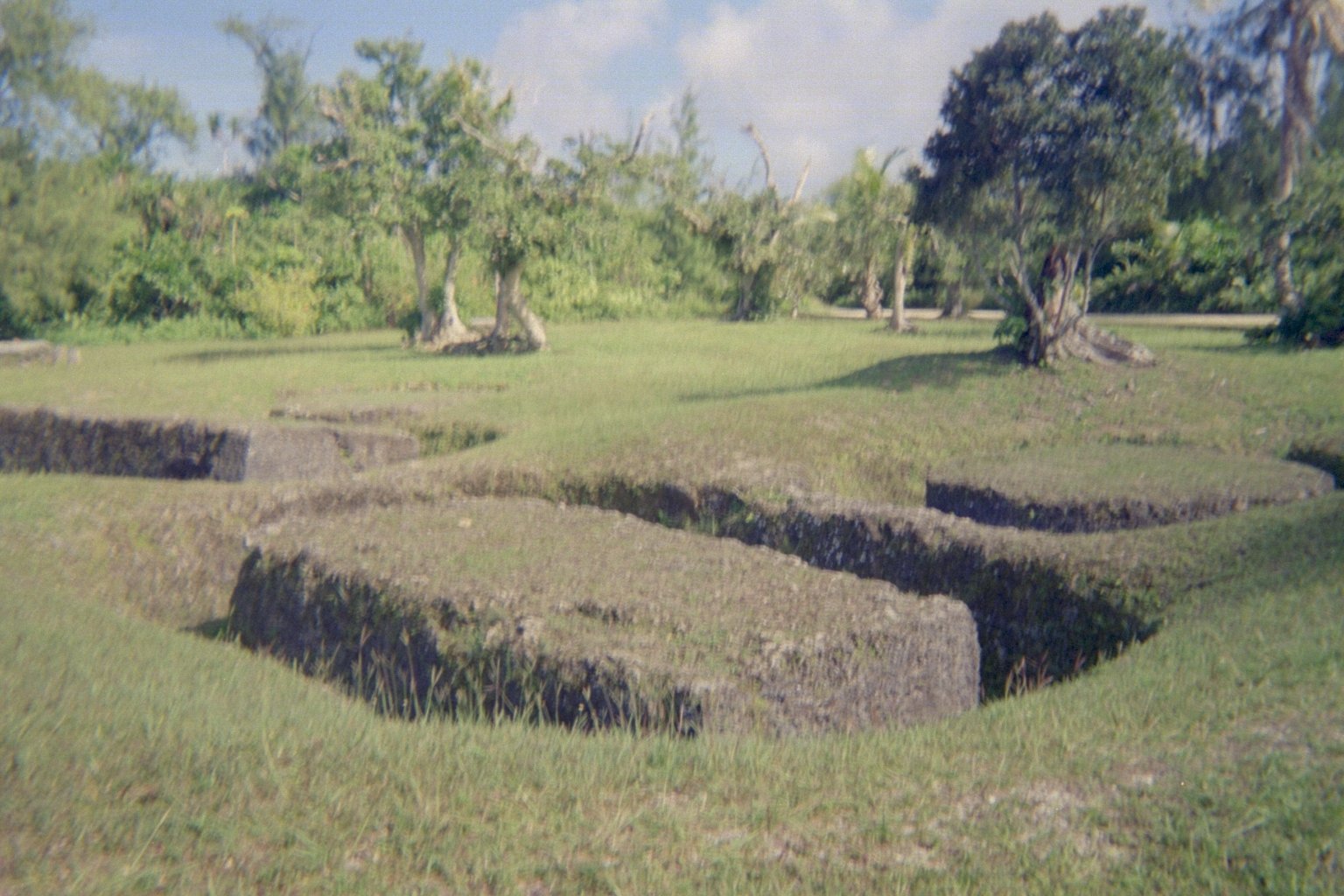
Latte stones aren’t exclusive to Guam—they appear throughout the Mariana Islands, linking scattered communities through shared traditions. Sites on Saipan, Tinian, and Rota reveal subtle variations in style and size, hinting at local innovations and adaptations. This regional presence testifies to the mobility and interconnectedness of ancient Chamorro society, as well as the enduring importance of latte stones as cultural anchors across the archipelago.
Symbolism and Modern Chamorro Identity
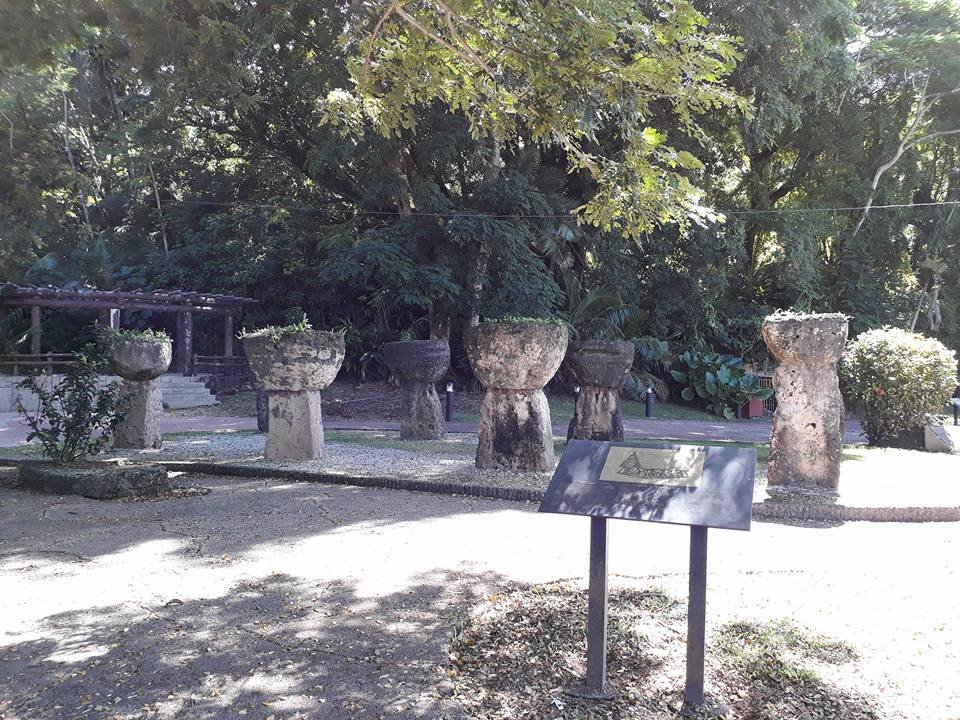
Today, latte stones have become powerful symbols of Chamorro pride and resilience. They feature prominently on Guam’s flag, currency, and public art, serving as reminders of a storied past that refuses to be forgotten. For many, the stones inspire a sense of belonging and continuity, bridging the ancient and the modern. They are used in ceremonies, educational programs, and even protests, embodying the spirit of a people determined to preserve their heritage.
Latte Stones in Contemporary Art and Culture
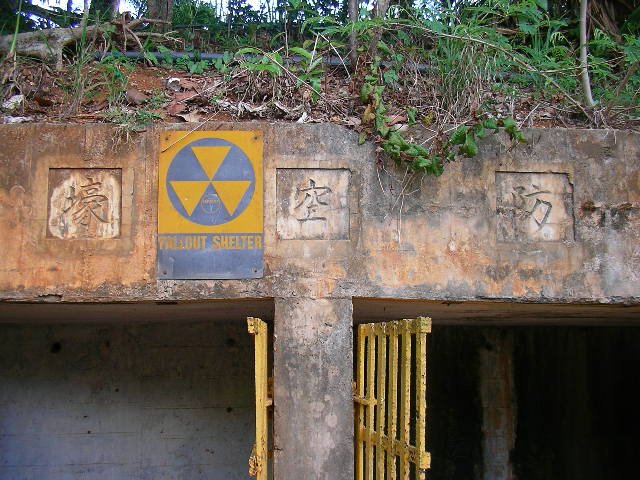
Artists, sculptors, and writers draw inspiration from latte stones, weaving them into contemporary stories and works. Their unique shapes appear in jewelry, tattoos, and murals across the island. This creative reinterpretation keeps the legacy of the stones alive, ensuring that each generation finds its own meaning in these enigmatic pillars. The stones are not just relics—they’re evolving symbols, continually reimagined through the lens of modern Chamorro life.
Environmental Challenges and Preservation Efforts
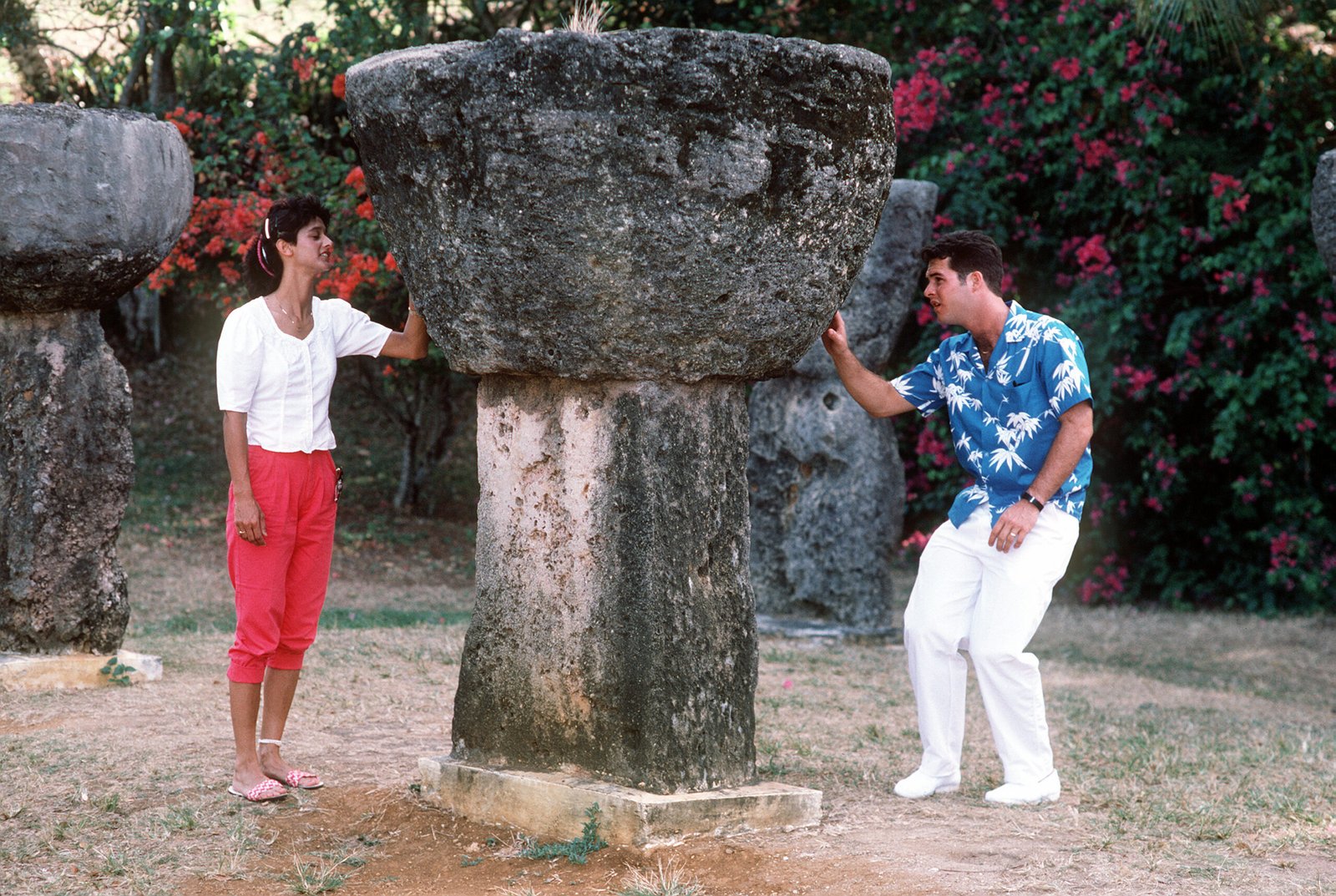
Like many ancient monuments, latte stones face threats from erosion, development, and climate change. Rising sea levels and stronger typhoons put coastal sites at risk, while urban expansion sometimes encroaches on sacred ground. Preservationists work tirelessly to protect and restore latte sites, using everything from traditional methods to digital mapping. Their efforts are a race against time, but also a celebration of shared responsibility for cultural heritage.
Tourism and the Latte Experience
Guam’s latte stones are a major draw for visitors seeking a taste of history and mystery. Guided tours, museums, and cultural parks offer immersive experiences, allowing tourists to walk among the stones and learn about Chamorro traditions firsthand. There’s a thrill in touching the cool, weathered surface of a latte stone—a tangible link to people whose names and stories still echo beneath the jungle canopy. Responsible tourism helps fund preservation, but also challenges the community to balance economic opportunity with respect for sacred sites.
Scientific Mysteries: Unanswered Questions
Despite decades of study, the latte stones still hold secrets. How did the Chamorros move such massive stones without advanced technology? What drove them to invest so much effort in these structures? Some researchers speculate about lost knowledge, while others search for clues in oral histories and comparative studies. The absence of written records means much remains open to interpretation, fueling debates among scientists, historians, and the Chamorro community itself.
Latte Stones and Pacific Navigation
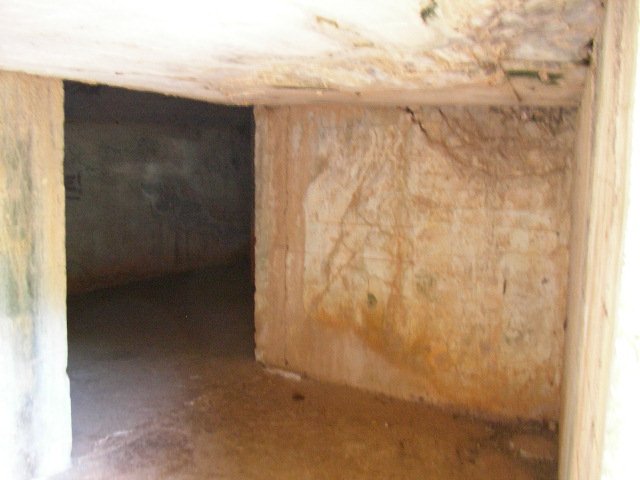
The construction of latte stones may be connected to the Chamorros’ legendary skills as ocean navigators. Some scholars propose that building such monuments required not only technical expertise but also the organizational prowess found in voyaging societies. The stones, in this view, are both anchors and launching pads—reminders of the journeys that shaped the Chamorro worldview. Their presence along ancient trails and coastal points hints at a networked society, ever in dialogue with the wider Pacific.
Children and the Legacy of Latte Stones
In schools across Guam, children learn about latte stones as part of their heritage. Field trips to ancient sites, hands-on activities, and storytelling sessions help young Chamorros forge a personal connection to their past. This education is more than history—it’s an invitation to stewardship and pride. As elders share stories about the stones, a new generation stands ready to carry forward the legacy, ensuring that the echoes of the latte stones never fade.
Latte Stones in the Eyes of Outsiders
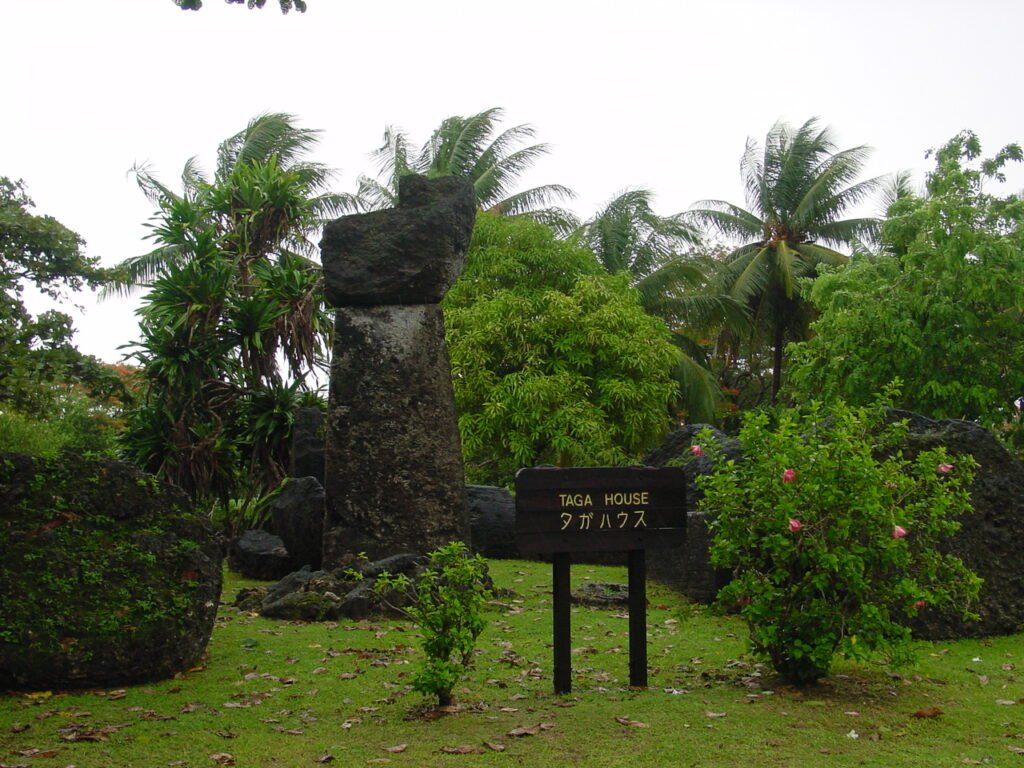
Foreign explorers were astonished by the latte stones when they first arrived on Guam. Spanish chroniclers described them as “stone mushrooms,” puzzled by their purpose and construction. Over time, outsiders have offered theories ranging from the plausible to the fanciful. Yet, the stones’ true meaning often eludes those who lack the cultural context to appreciate their depth. This outsider fascination, while sometimes misguided, has also spurred scientific inquiry and cross-cultural exchange.
Latte Stones and the Power of Place
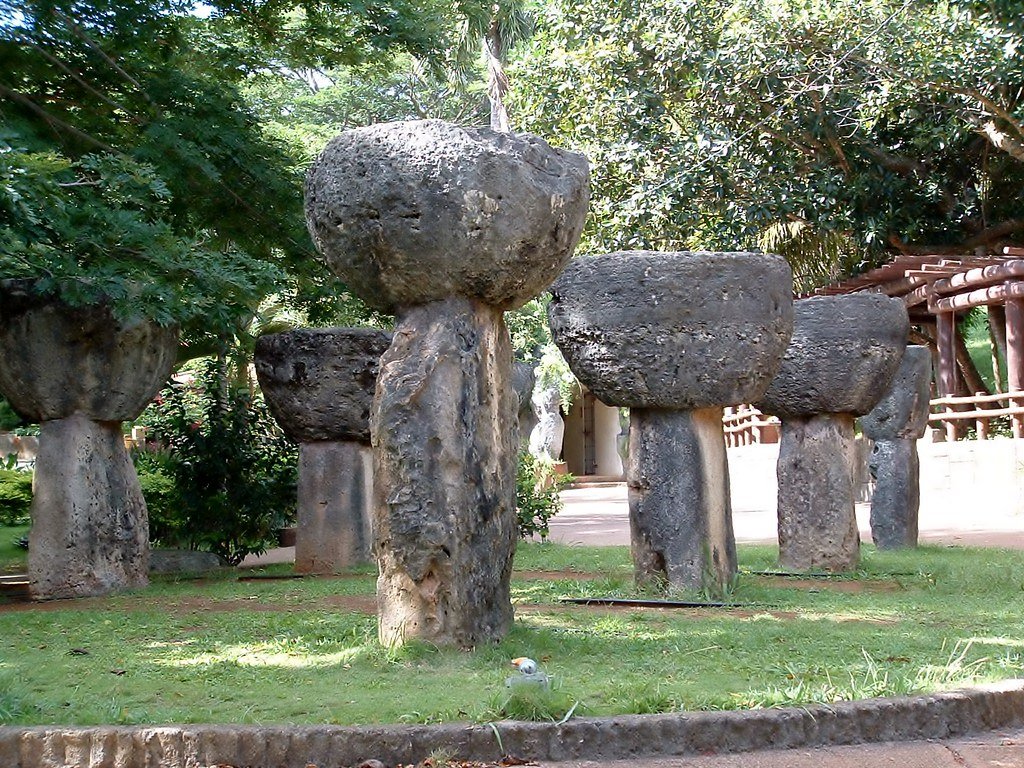
To stand among the latte stones is to feel the weight of place and history. The sites are often set in breathtaking landscapes—lush forests, windswept hills, or quiet coastal clearings. The stones seem to draw power from their surroundings, grounding visitors in a sense of awe and reverence. This connection to place is central to Chamorro identity. The stones are more than artifacts—they are living landmarks, reminders that the land itself is alive with stories.
The Enduring Spirit of Guam’s Megaliths
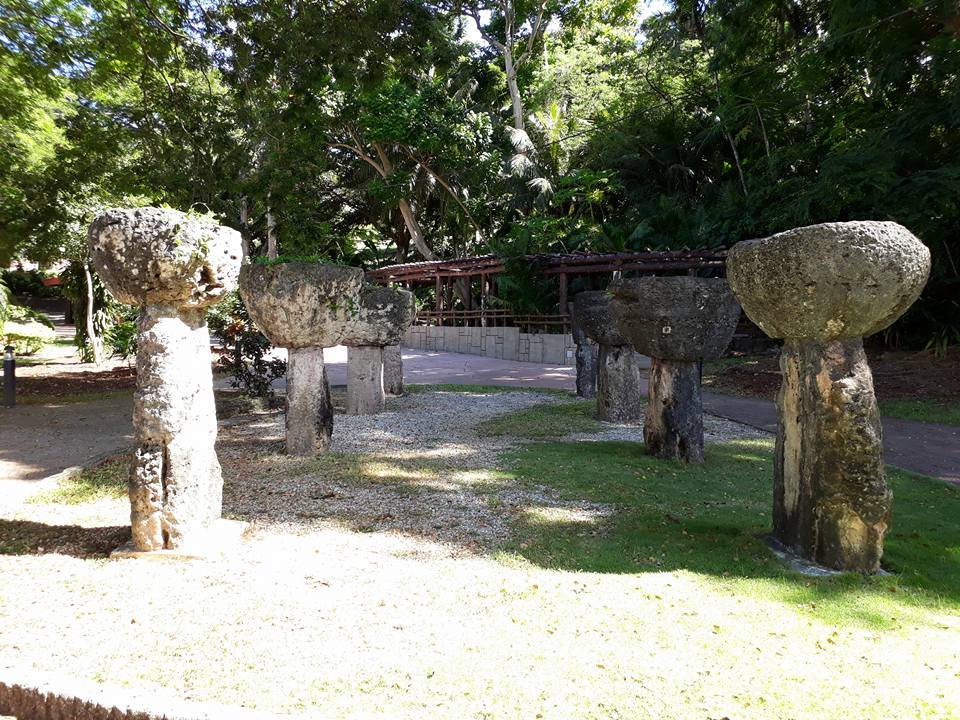
Guam’s ancient latte stones stand as monuments to ingenuity, survival, and the enduring human spirit. They bridge the gap between myth and science, inviting us to look closer, ask questions, and marvel at what is possible when people work together with vision and determination. In a world that often forgets its roots, the latte stones whisper of ancient wisdom and the power of remembering. What stories would you hope to find among these silent giants?



